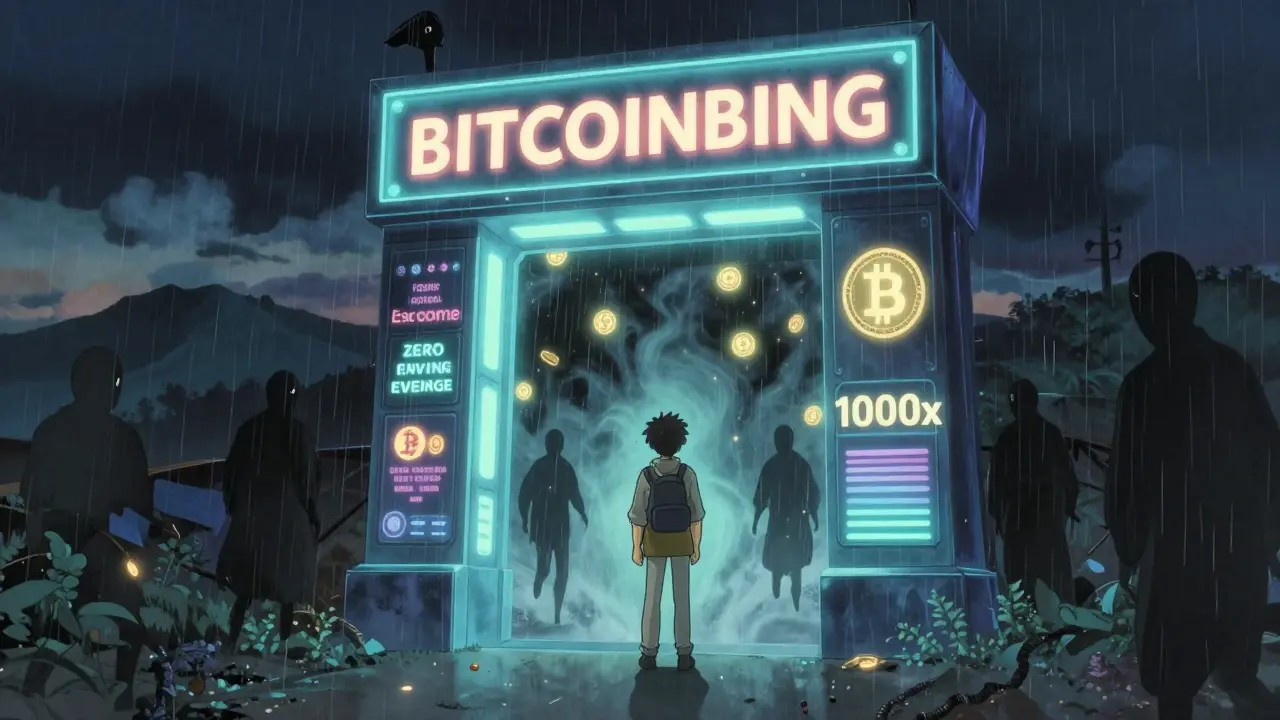ERC-20 Token: The Building Block of Modern Crypto
When working with ERC-20 token, a standardized token format on the Ethereum blockchain that lets developers create interchangeable digital assets. Also known as Ethereum token standard, it powers everything from stablecoins to DeFi projects.
The network behind it is Ethereum, an open‑source, Turing‑complete blockchain that hosts ERC‑20 contracts. Those contracts are written in Solidity and act as the smart contract, self‑executing code that enforces token rules without a middleman. Because the contracts are immutable, token creators can trust the supply rules, transfer logic and permission settings for the life of the token.
Key concepts that shape every ERC-20 project
First up, tokenomics, the economic design that defines total supply, distribution schedule and utility. Good tokenomics balance scarcity with demand, often tying the token to a real‑world use case like governance, staking rewards, or access to a platform. Second, DeFi, decentralized finance applications that lend, trade, and earn yield on ERC‑20 assets. DeFi protocols rely on the uniform interface of ERC‑20 tokens to swap assets instantly, provide liquidity, or issue synthetic exposure.
Putting the pieces together, an ERC‑20 token requires a smart contract to enforce its tokenomics, and those tokenomics determine how DeFi apps can use the asset. In practice, you’ll see a stablecoin with a fixed supply, a governance token with a vesting schedule, or a utility token that unlocks in‑game items. Each case follows the same three‑step pattern: define the contract, set the economics, let the ecosystem interact.
Why does this matter for investors and developers? Because the standardization removes friction. When you add a new ERC‑20 token to a wallet, the same code path reads balances, approves transfers, and tracks allowances. That uniformity lets Airdrop services, like the ones we cover in our guides, automatically detect eligible wallets. It also lets decentralized exchanges list a fresh token without custom integration work.
Security is another piece of the puzzle. Since the contract code is public, auditors can scan for common bugs such as overflow errors or hidden mint functions. Projects that undergo thorough audits often publish the audit report, giving users confidence that the token behaves as advertised. In contrast, a poorly written contract can let the creator mint unlimited tokens, wiping out value for everyone else.
Regulation is catching up, too. Many jurisdictions now treat ERC‑20 tokens that function as securities differently from utility tokens. Understanding the token’s purpose—whether it’s a share of future profits, a voting right, or just a medium of exchange—helps you stay compliant and avoid surprise legal issues.
All these angles—technical, economic, security, and legal—show up across the articles below. You’ll find deep dives into specific ERC‑20 projects, step‑by‑step guides on staking, airdrop eligibility checks, and practical reviews of platforms that trade these tokens. Browse the collection to see how the concepts we just covered play out in real‑world examples.







